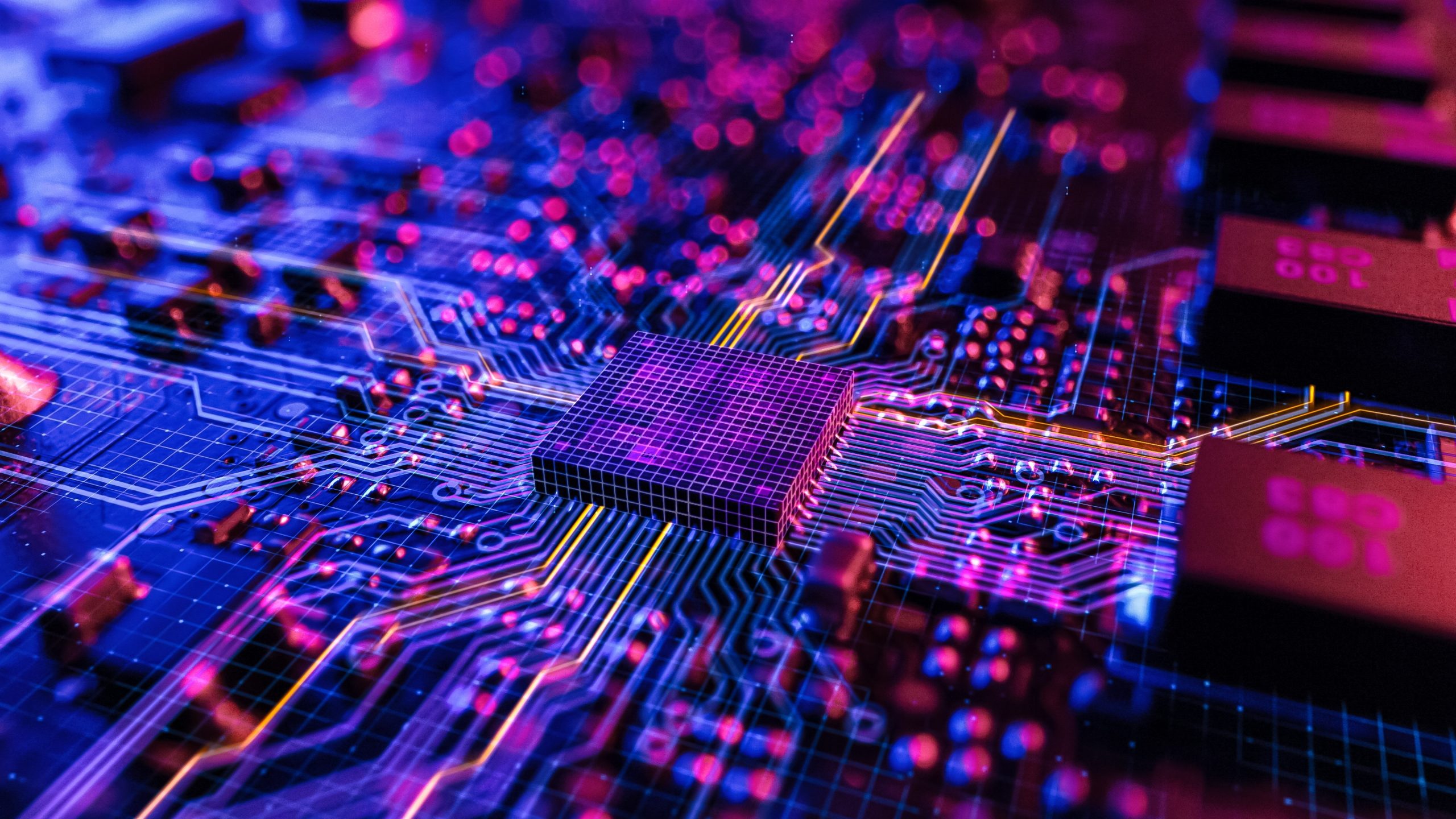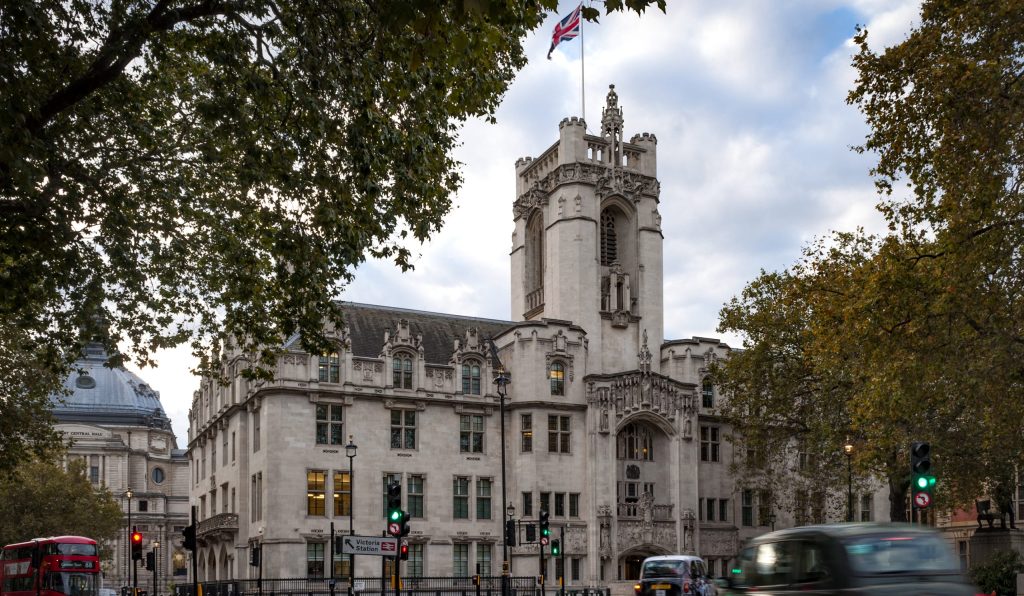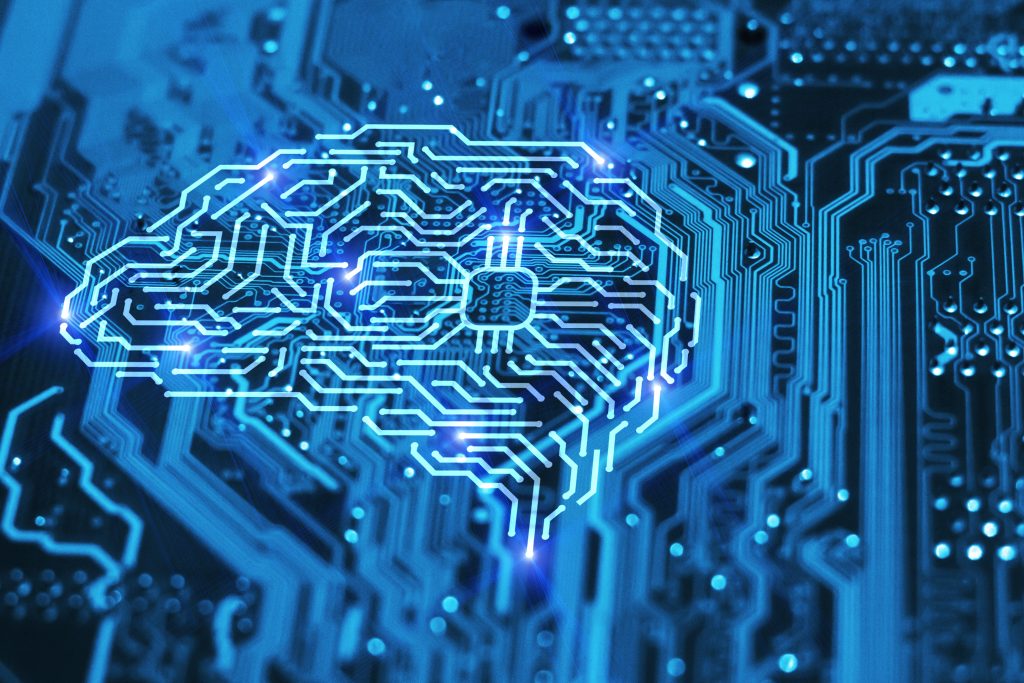
The UKIPO has recently updated sections of the Manual of Patent Practice (MOPP) related to the examination of patent applications that involve computer programs. The MOPP is the handbook used by examiners when considering whether a patent application should be allowed. We had expected this update so that the UKIPO can align its practice with the Court of Appeal decision in Emotional Perception (discussed in our previous article); the new guidance also includes some interesting new commentary on other aspects of the patentability of computer-implemented inventions.
Programs for computers
In the Court of Appeal decision in Emotional Perception, it was confirmed that a trained artificial neural network (ANN) involves a computer program, and definitions of a “computer” and “program for a computer” were discussed at length in reaching this conclusion. The updated MOPP refers to these definitions, highlighting that a computer is to be interpreted as “a machine which processes information”, and a program for a computer is “a set of instructions for a computer to do something”. These broad definitions mean that many different types of invention may include elements that fall within the scope of a computer or computer program, with the specific examples of ASICs, neural networks, analogue computers, and quantum computers noted as to be considered computers for the purpose of the computer program exclusion.
On the other hand, the requirement for a computer program to provide a “technical contribution” to avoid exclusion from patentability is largely what it was prior to the original High Court decision in Emotional Perception, with the best guidance on this remaining the five ‘AT&T signposts’. Although the MOPP includes a large number of examples of cases where these signposts have been applied, examiners have been reminded that these signposts are merely guidelines, and there is no single or clear rule for determining whether a technical contribution is revealed.
Artificial intelligence (AI)
Regarding inventions involving AI, the MOPP states that such inventions should be treated in the same way as any other computer-implemented invention. This is in line with the notion in the Court of Appeal decision in Emotional Perception that an ANN falls under the definition of a computer, and the weights and biases of an ANN are thus a computer program. In view of the mathematical nature of inventions directed towards AI algorithms, examiners are also reminded to consider carefully whether any exclusion as a mathematical method is engaged.
Quantum computing
Based on the definitions of a computer and a program from a computer discussed above, the MOPP states that applications involving programs for quantum computers should also be assessed in the same manner as other computer implemented inventions. That is, if a computer program results in a quantum computer operating in a new or improved way, or there is a technical effect at the architectural level of the quantum computer, the computer program exclusion will likely not be engaged. The MOPP provides examples of effects resulting from such programs which may be suitable for patent protection. These include:
- A technical effect in a non-excluded area (i.e. application to a technical process)
- A technical effect at the core or implementation level of the quantum computer or quantum/classical hybrid systems;
- A technical effect in detecting and correcting errors of the quantum computer; and
- A technical effect in adapting program design in Noisy Intermediate-Scale Quantum (NISQ) era quantum computation to solve a problem of short decoherence time and/or noise (where the problem is solved rather than merely circumvented).
Although the ongoing development in quantum computing is likely to provoke many patentable inventions along these lines, the updated MOPP also provides commentary on some exemplary decisions in which programs for quantum computers did not provide technical contributions. These include applications related to programs for finding electron energy levels in atoms (BL O/130/22, BL O/1193/23) and stochastic control processes (BL O/935/22). These decisions further highlight the analogous treatment of classical and quantum computation with respect to the computer program exclusion.
Conclusion
In summary, the updated MOPP confirms the expected development of UKIPO practice in relation to computer-implemented inventions in view of the Court of Appeal decision in Emotional Perception. Namely, the terms “computer” and “program for a computer” are to be interpreted broadly, and the requirement for a technical contribution should be assessed in largely the same way as before.
Whilst the updates discussed above represent the UKIPO’s current approach in this technical area, the impact of the Emotional Perception case on UK patent practice may be far from over as the Supreme Court has recently granted Emotional Perception permission to appeal the decision of the Court of Appeal. Whatever the outcome of this, it is very likely that further updates will be required to the MOPP so that the UKIPO can align itself with this decision.


